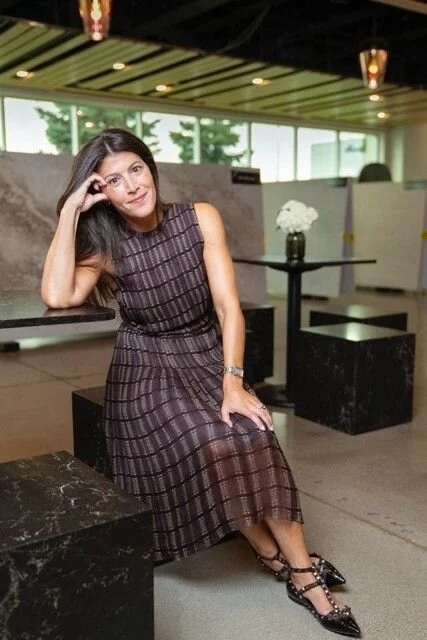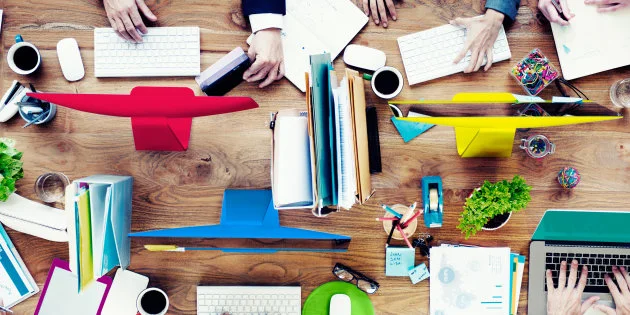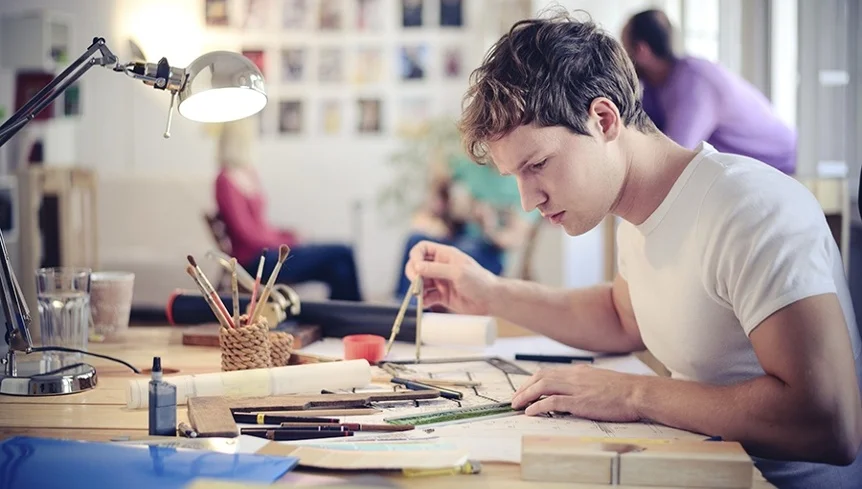Office occupiers are reworking their real estate strategies to remain competitive and appeal to workers' changing preferences (especially as the search for qualified talent intensifies). Law firms are no exception.
The legal industry has been under pressure to implement cost-cutting initiatives, which includes reducing its second-largest expense: real estate. As of late 2016, the industry had reduced its office footprint by 22.2% from a historic average of 976 SF to 760 SF.

























